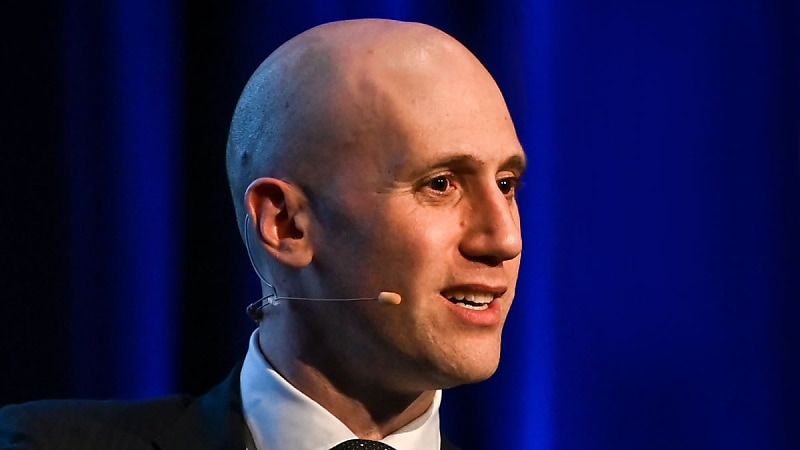Cash withdrawal less taxing option in Div 296
Withdrawing assets from an SMSF to help minimise Division 296 liability can incur costs, but there is a way to do it more cost-effectively, says a leading legal practitioner.
Bryce Figot, special counsel for DBA Lawyers, said in a technical address at the SMSF Association Technical Summit last week that the most obvious cost related to withdrawing an asset from an SMSF is a CGT-related income tax liability and potentially stamp duty.
“I'll be very confident that the clients worried about Division 296 tax are the ones with illiquid assets, particularly real estate, and they're more likely going to have CGT and stamp duty worries,” he said.
However, Figot said there may be a way of minimising this cost, not by pulling out the in-specie real estate, but rather withdrawing cash from the fund.
“There will be clients who want to make as much withdrawal by way of cash as possible [to avoid Division 296 tax],” he said.
He gave an example of April, who on 1 July 2025 has a total super balance of $3.5 million with assets including real estate. On 30 June 2026, her real estate appreciated by $800,000 and her TSB reached $4.3 million.
“If she does nothing and has an $800,000 increase in value, she will have a tax bill a touch over $36,000,” Figot said.
However, he continued, if she can make a withdrawal her tax liability may go down.
“If she withdraws real estate that might trigger income tax liability and stamp duty, but if she withdraws cash, from a Division 296 perspective, it will save her money.”
Figot explained that if April had $1.2 million cash in her SMSF which she chose to withdraw, using the new calculations to determine the Division 296 tax liability, that component of her tax would be reduced to less than $4,000.
He said if an SMSF does not have cash reserves there is a strategy that can help boost this component of the fund.
“What's the maximum number of members of an SMSF these days? Six. [In this scenario] could April’s children roll into the fund?” he asked.
However, Figot warned that this strategy does have some complexities that need to be considered, and documentation, especially a thorough, tightly written deed, is imperative.
“If an SMSF does take on extra members to potentially bring down the Division 296 tax, make sure you’ve got the right paperwork in place, and know which funds you are going to roll those extra members into,” he said.
“However, if you use this kind of strategy you have to think about other more arcane things, such as if the adult child, who might be in their 30s or 40s or 50s, and for example, really need and value insurance, if you're rolling them out and they had insurance in the SMSF, did you just cost them their insurance? They might not be able to get equivalent insurance in the new fund.”








